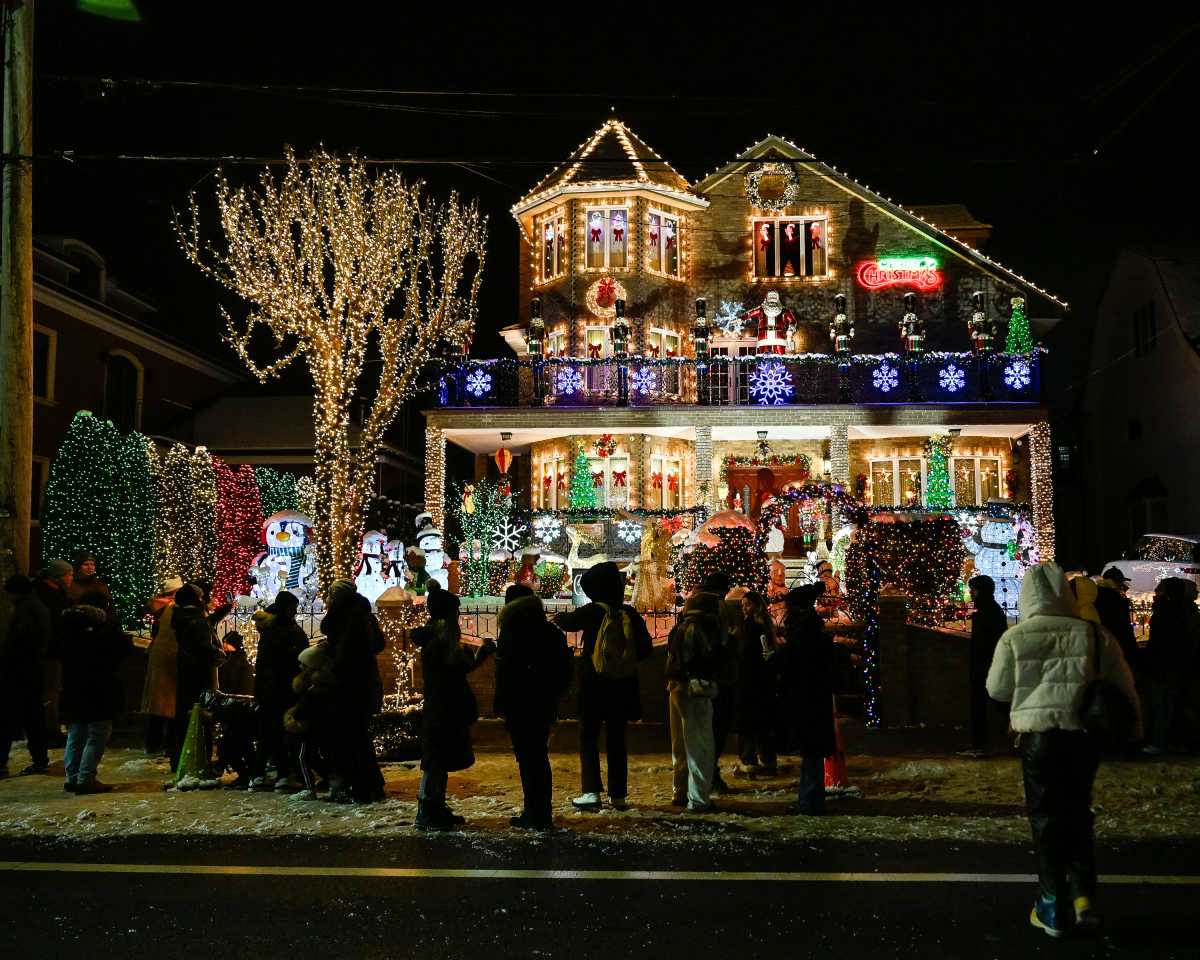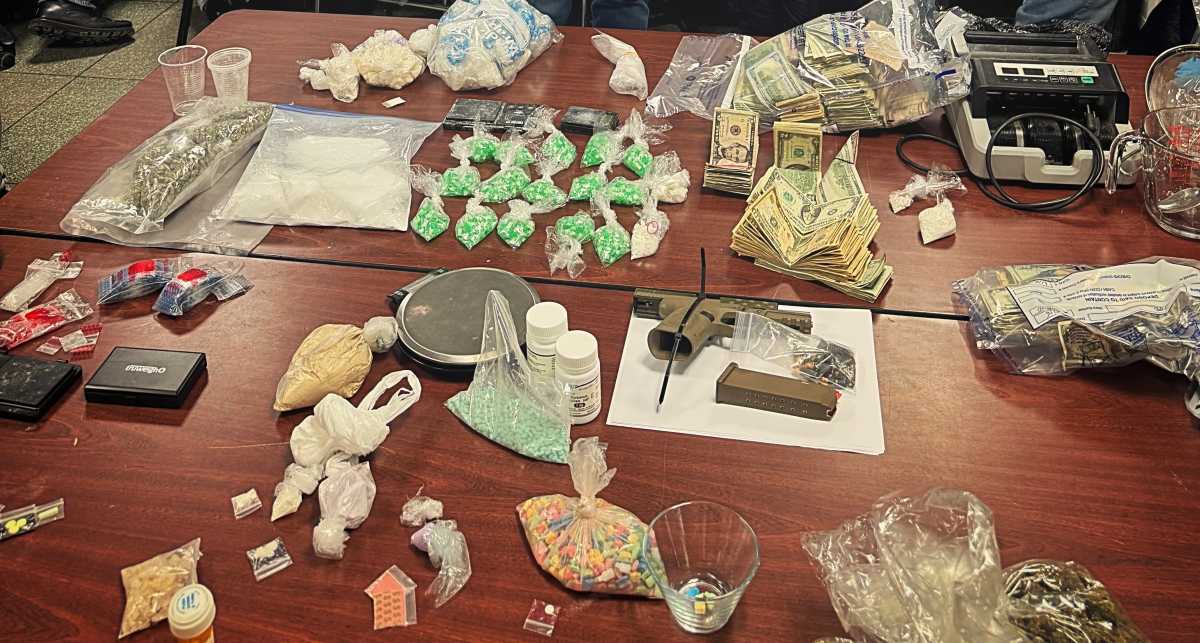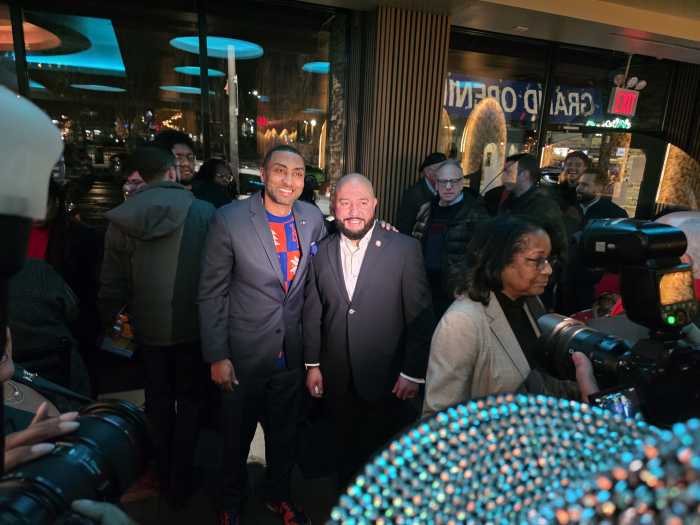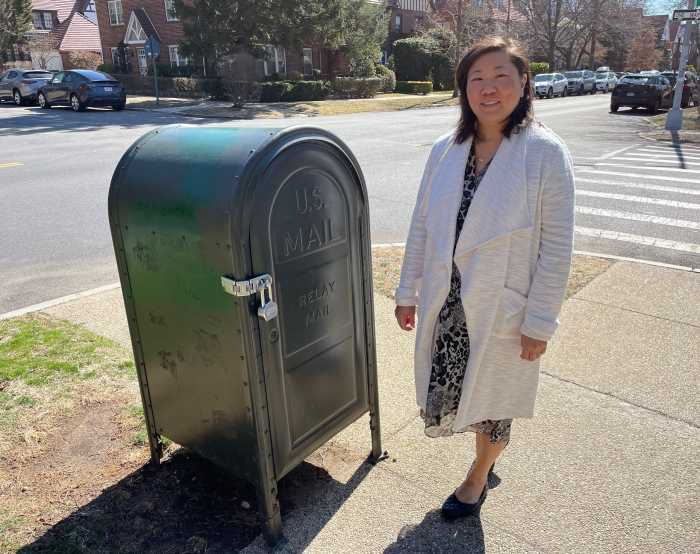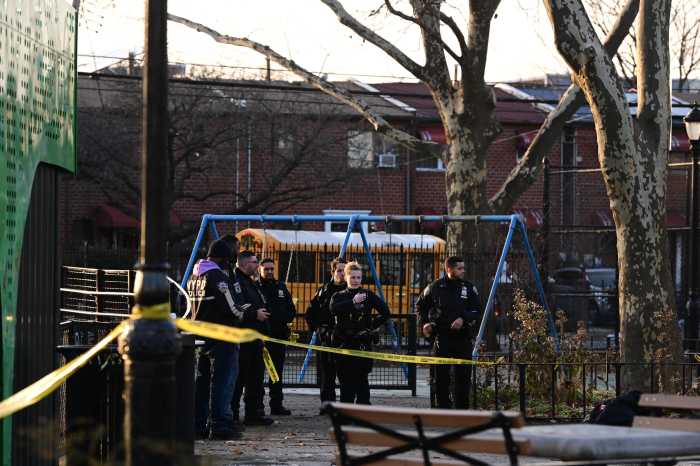The long-awaited Queens bus network redesign finally launched on Sunday, and, according to the borough’s bus riders, went off—mostly—without a hitch.
A short line of commuters waited at the newly added Q12 bus stop at Northern Boulevard and 147th Street in Flushing on an 88-degree day under sunny skies. Most of them were unfazed by the bus system overhaul and more interested in cooling off.
“I heard about the changes, but I just want to get in the air conditioning,” Javier, a bus rider, said.
For another Q12 rider, it was just a regular day.
“I don’t normally take the bus, but it’s been good so far,” he said.
June 29 marked the first day of Phase 1 of the MTA’s massive bus network redesign for the borough, which focused mostly on routes concentrated in Eastern Queens and Ridgewood. Phase 2 zeroing in on other Queens neighborhoods will begin on Aug. 31.
The initial phase included changes to the Q12, a busy borough route, and the Q13. The Q12 has been rerouted on its western end to provide all-day service along Northern Boulevard between Little Neck and Flushing. Meanwhile, existing Q12 service on Sanford Avenue was discontinued but replaced by the Q13 and Q65.
The entire Queens bus network redesign is part of the state-run agency’s effort to update the bus network to meet riders’ changing needs. MTA officials said it is the first time Queens bus routes have been changed since the 1950s.
“The Queens bus network redesign is a once-in-a-generation opportunity to be able to do things right for Queens riders and we are excited to launch the first – and biggest portion – of the redesign,” said Demetrius Crichlow, NYC Transit president.

The new system, which involves a $33.7 million annual investment in the MTA’s operations, includes 124 routes, consisting of 94 local and 30 express routes. This is a net increase of 11 routes from the existing network, all of which will serve the borough’s 800,000 daily bus riders.
Assembly Member Claire Valdez, who represents Woodside, Long Island City and other Queens neighborhoods, said changes will help residents who live in transportation deserts.
“After years of planning and public outreach, I’m thrilled to welcome a bus redesign that focuses on providing faster, more reliable service that will keep Queens moving,” she said. “Especially in neighborhoods without subway access, buses are a critical lifeline and New Yorkers deserve a bus network they can depend on.”
The MTA has been alerting commuters to changes throughout the year, through posters, brochures and ads. Most recently on June 16, the agency launched a customer ambassador program. Through the program, workers are deployed to various Queens bus stops to answer questions and raise awareness about the redesign.
The ambassadors will be on duty through July 12 and will return for the redesign’s Phase 2 launch.
Meanwhile, some commuters were still unaware of the changes on Sunday.
“I can’t believe they changed the bus stop, bro!” one man said while on the phone, running toward another stop in Flushing.
A Q12 bus driver told amNewYork that his experience on the first day of the redesign was mostly smooth.
“There was some confusion on the part of the passengers, but I think it just takes a few days to settle,” he said. “It just started.”
Throughout the design phase, some transit and civic groups in Queens expressed concerns about the redesign.
Woodside residents in Assembly Member Valdez’s district launched a petition to keep the Q32 bus stop at Roosevelt Avenue and 58th Street. That stop was one of several eliminated on Aug. 31, and the next closest stop is Roosevelt Avenue and 61st Street.
Passengers United, a local transit advocacy group, has been vocal about its opposition to the redesign.
“It is very clear that MTA leadership did not listen to the pleas of Queens bus riders, nor has MTA leadership expressed an interest in ensuring that the most vulnerable transit riders would not be disproportionately harmed,” the group said in a statement, adding that the redesign includes service cuts to “already-underserved and disadvantaged” neighborhoods in the borough.
But Danny Pearlstein, of another transit advocacy group, Riders Alliance, applauded the bus network makeover.
“This redesign proves that positive, transformative change is possible even after generations of neglect,” he said. “After years of rider organizing, MTA planners worked for more than half a decade to improve service on some of the slowest and least reliable commutes in the nation. Governor Hochul and the legislature also delivered $30 million to run more buses, particularly in communities far from the subway. “
More information on service changes
Commuters can find extensive information about the redesign on the MTA’s website at mta.info. There is a handy Route Look-Up Tool, where riders can select a bus route from a drop-down menu to see how the changes will impact it.




























